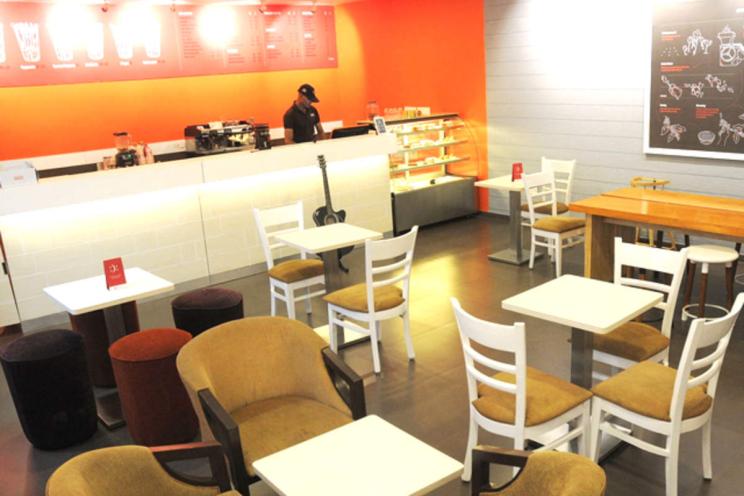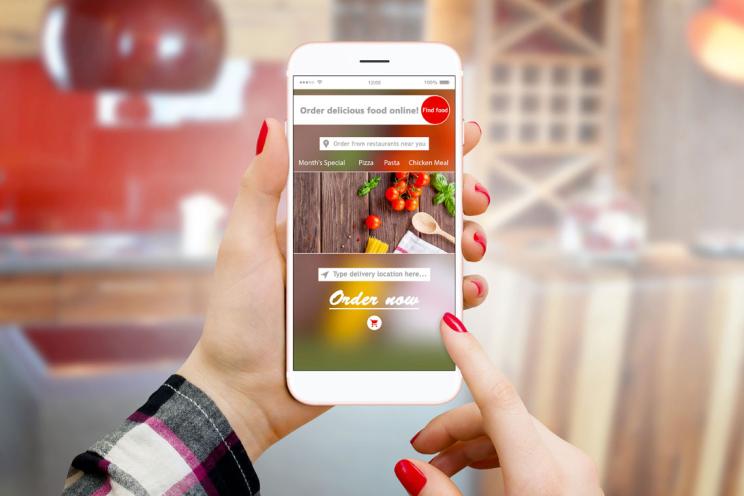
Setting S.M.A.R.T goals for your restaurant
With the first month of the new year, we’re all full of hopes for better days drawn by success and growth on all levels personal and professional.
Restaurants are no different, they have their own goals to set to achieve success and sustain their business.
To be frank, you can’t function without setting proper goals for your food business that represent the road map for your restaurant.
Setting S.M.A.R.T goals is what will bring you success and ensure that you reach your goals set by the time you give yourself to achieve them and it is effective for any team that tries to apply effective project management.
According to US small business administration, only half of new businesses make it to 5 years and 1/3 make it to 10 years. To have a sustainable business, it’s important to understand and set goals for your business.
S.M.A.R.T goals
Specific goals
Setting broad goals is easy, but you need more specific goals so you can set your exact steps toward achieving your goal.
You can be as specific as aiming to learn new sales techniques to increase your sales or increase sales during the weekdays or afternoon sales.
Measurable goals
You should be able to measure your goals. If they aren’t measurable then there aren’t achievable goals.
Increasing your revenues is vague and uninspiring and what are the metrics you will be measuring your goal against?
Adding measurability to increasing revenues will give it a sense of accomplishment and guidance.
Increasing revenues by 8% is a measurable goal for example. At the end of the month or the year, you can easily measure the success of your operations in achieving your goal. You can also measure how short you are on achieving the 8% increase.
Achievable goals
You know your staff, your capabilities, and your restaurant and you know what you should do or change to achieve your goal.
Setting achievable goals start by looking at your past performance and operations.
Meaning that if you find out by looking at your previous sales at certain periods that revenues were steadily increasing by 5% every month then setting a goal to increase your revenues by 8% is attainable and reasonable.
Increasing the sales of a certain menu category by 15% is also attainable if you were increasing your sales of menu categories by 10% or 12%.
Setting a goal of increasing the revenues of a certain menu item by 40% sounds unattainable for example.
Relevant goals
Your goals should be relevant to your overall vision and overall economic situation.
Ask yourself the following questions :
Is it the right time to focus on this goal?
Does it serve your long-term vision?
Is it applicable to the economic situation?
These are questions to test the relevance of your goals. It might be more relevant to you to increase revenues than decrease costs or vice versa.
Find yourself a relevant goal that serves your purpose.
Timely goal
The last component of an excellent goal is setting a deadline. Imagine you aim to increase your revenues without a deadline.
It’s useless. You can wait 5 years to work on your goals. Nothing will urge you to achieve your goal without a deadline.
The purpose of setting S.M.A.R.T goals
- Motivating staff
- Giving directions
- Setting metrics to evaluate your performance and progress
- Support your mission
- Identify strengths and weaknesses
Types of goals and broad examples of these goals
Financial goals
Financial goals might be the first ones to think about for your restaurant.
- Increasing revenues
- Increasing daily net sales
- Increasing the sales of your profitable menu items
- Decreasing labor costs
Kitchen goals
Setting kitchen KPIs is essential and should be considered when thinking about setting goals since food production affects the whole restaurant and customer experience.
- Increasing food preparation speed
- Decreasing waste
- Improving food quality
Customer service goals
- Decreasing wait times at restaurants
- Decreasing delivery times
- Improving the reception of customers
Marketing goals
- Improving google reviews
- Improving SEO
- Increasing social media interactions
Employee goals
- Reducing the turnover rate
- Increasing employee productivity
These are examples of some goals in their broad sense. They need to be S.M.A.R.T so you can set for your restaurant. What matters is that you are consistent with your goals. If you fail, you have to investigate the reason for not achieving them.
Creating an action plan where you write down steps and procedures needed to reach your goal is a must and it is the guideline to follow toward your goals.
Reward yourself and your staff when making noticeable progress even before achieving your entire goal to motivate your employees to continue their hard work.
So, have you set your restaurant a S.M.A.R.T goal for 2023?





